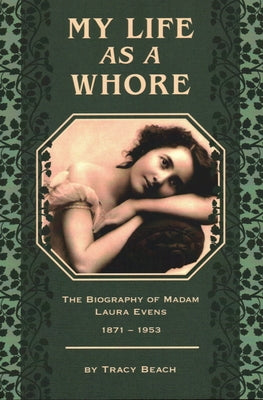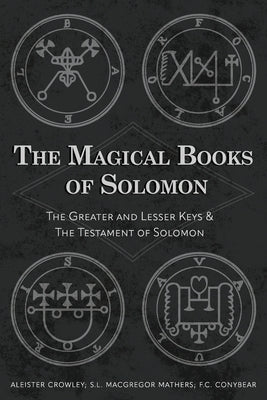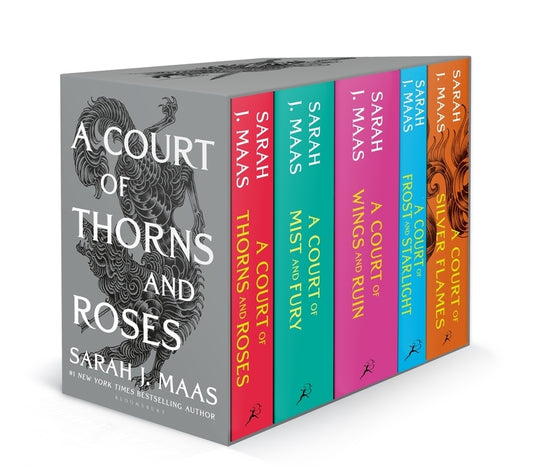Sale 10% Off Your First Order
Sale 10% Off Your First Order
- Home
- Classical Field Theory
Description
Classical field theory predicts how physical fields interact with matter, and is a logical precursor to quantum field theory. This introduction focuses purely on modern classical field theory, helping graduates and researchers build an understanding of classical field theory methods before embarking on future studies in quantum field theory. It describes various classical methods for fields with negligible quantum effects, for instance electromagnetism and gravitational fields. It focuses on solutions that take advantage of classical field theory methods as opposed to applications or geometric properties. Other fields covered includes fermionic fields, scalar fields and Chern-Simons fields. Methods such as symmetries, global and local methods, Noether theorem and energy momentum tensor are also discussed, as well as important solutions of the classical equations, in particular soliton solutions.
About the Author
Năstase, Horaƫiu: - Horaƫiu Năstase is a Researcher at the Institute for Theoretical Physics at the Universidade Estadual Paulista, São Paulo. To date, his career has spanned four continents. As an undergraduate he studied at the Universitatea din București and Københavns Universitet. He later completed his Ph.D. at the State University of New York, Stony Brook, before moving to the Institute for Advanced Study, Princeton University, New Jersey, where his collaboration with David Berenstein and Juan Maldacena defined the pp-wave correspondence. He has also held research and teaching positions at Brown University, Rhode Island and the Tokyo Institute of Technology.
About the Author
Năstase, Horaƫiu: - Horaƫiu Năstase is a Researcher at the Institute for Theoretical Physics at the Universidade Estadual Paulista, São Paulo. To date, his career has spanned four continents. As an undergraduate he studied at the Universitatea din București and Københavns Universitet. He later completed his Ph.D. at the State University of New York, Stony Brook, before moving to the Institute for Advanced Study, Princeton University, New Jersey, where his collaboration with David Berenstein and Juan Maldacena defined the pp-wave correspondence. He has also held research and teaching positions at Brown University, Rhode Island and the Tokyo Institute of Technology.
RELATED PRODUCTS
-
$14.99 $19.95
-
-
$21.99 $29.99
-
$13.99 $19.19
-
$7.99 $10.99
-
-
$12.99 $16.95
-
-
$13.99 $18.99
-
$10.99 $16.00
-
$5.99 $8.99
-
$11.99 $12.95
-
$27.99 $29.95
RECENTLY VIEWED PRODUCTS
Related Products
Recently viewed products
Shopping cart
close
-
WHAT ARE YOU LOOKING FOR?Search
- Home
- Movies & TV
- Music
- Toys & Collectibles
- Video Games
- Books
- Electronics
- About us
- Castle Chronicles
- Contact us
- Login / Register



























